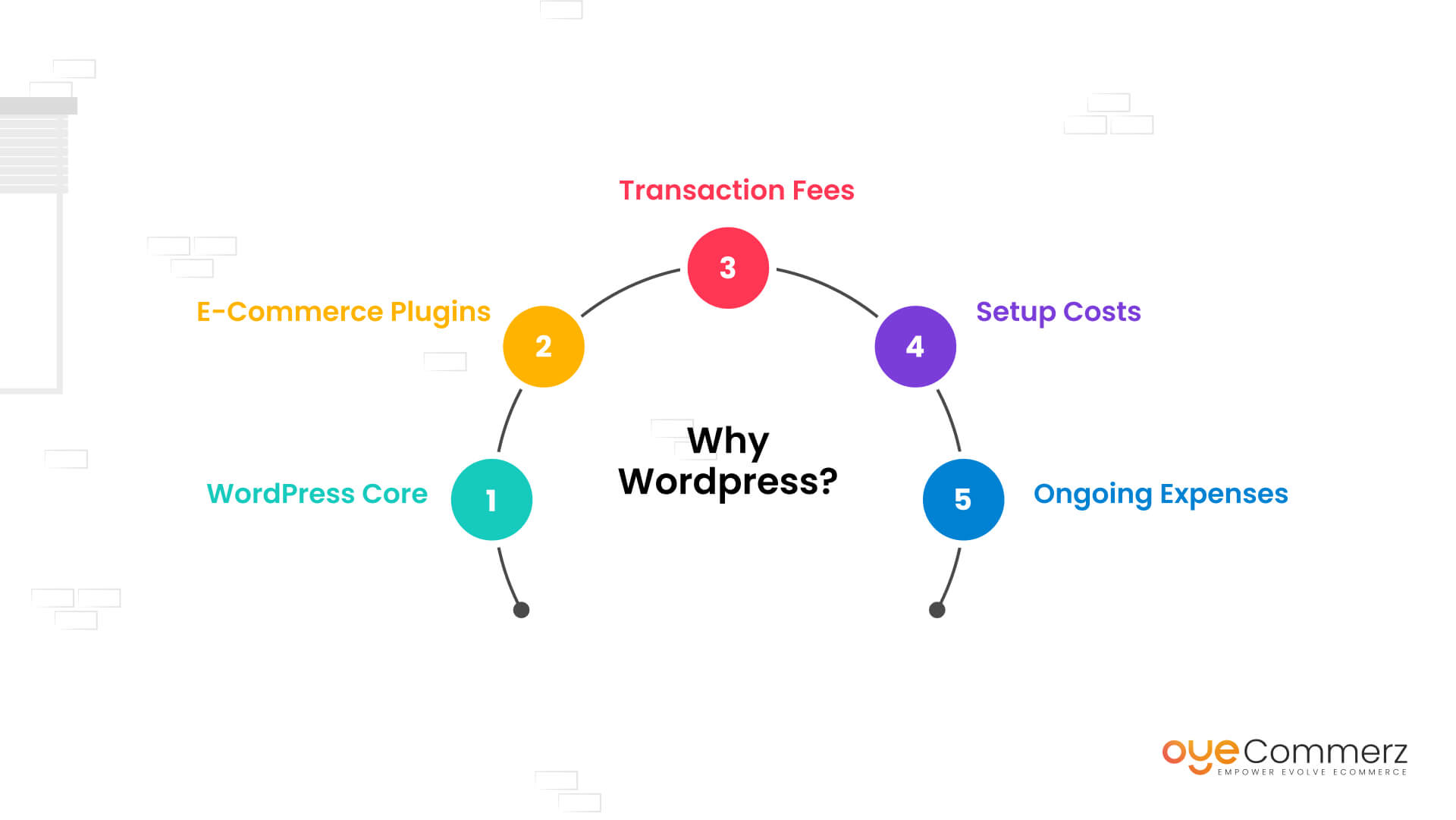Transitioning from WP to Shopify marks an exciting step in streamlining your e-commerce processes. As businesses grow, choosing a solution that supports growth potential, user experience, and flexibility becomes crucial. Shopify is widely recognized as a favorite for e-commerce professionals, offering superior flexibility, data protection, and ease of use. In this guide, we’ll explore the transformative impact of this migration, discuss the benefits, and provide practical tips to facilitate a seamless transition.
1. Top Reasons to Transition from WordPress to Shopify
The combination of WordPress and WooCommerce, has served countless e-commerce platforms. Nevertheless, as companies scale, challenges like plugin dependency, data risks, and complex setups can hinder growth. Shopify, designed explicitly for digital retail, eliminates these concerns with an comprehensive, intuitive solution. Real data supports this shift—Shopify powers over 4.4 million websites globally, with a reported 10% boost to sales performance for many businesses post-switch.
2. Key Benefits of Shopify for E-commerce Success
Shopify’s powerful platform caters for expanding businesses. Its notable benefits include:
- Effortless Design Flexibility: Shopify offers over 80 professionally designed themes.
- Built-in Features: Capabilities such as Shopify Payments and built-in SEO streamline operations.
- International Expansion: Multi-currency support and localization features empower businesses to expand internationally.
Additionally, Shopify delivers an availability percentage of 99.98%, guaranteeing your website is always operational.
3. Preparing for WP to Shopify Migration
Before migrating, assess your current store. Analyze inventory details, client information, and SEO performance. Tools like Shopify’s Migration Kit or third-party solutions can simplify this process. Create a comprehensive plan, making sure all resources—product descriptions, media files, and articles—are ready for seamless import.
4. The Importance of Accurate Data Migration
Transferring your data is a cornerstone of a smooth transition. When moving from WP to Shopify, focus on:
- Inventory Details: SKU, item summaries, and categories.
- Customer Data: Emails, order history, and preferences.
- SEO Optimization: Preserve meta tags, URLs, and redirects to avoid SEO losses.
Use tools such as LitExtension to facilitate seamless migration while reducing mistakes.
5. Tailoring Your Shopify Store to Fit Your Brand
After the move, customizing your Shopify store helps it aligns with your brand. Utilize Shopify’s drag-and-drop editor to create layouts with ease. Shopify's templates are optimized for all devices, providing a smooth user experience across devices—a critical factor, since 74% of online shopping comes from mobile users.
6. How to Protect Your SEO Rankings When Switching Platforms
SEO Shopify migration case study is vital for maintaining your online presence during migration. Shopify is highly optimized for search engines with clean URL structures, built-in optimization tools, and smooth content management. Make sure you:
- Set up URL forwarding for old URLs.
- Enhance updated content with keyword-rich content.
- Use Shopify's apps Plug in SEO to monitor performance after the switch.
7. Post-Migration Testing
Once the migration is complete, run detailed checks.
Check: - Page load times (Shopify delivers faster speeds in contrast with WP).
- Functionality of payment gateways and transaction flow.
- Adaptability across devices.
Quality assurance guarantees your store delivers a smooth shopping journey from the start.
8. Real-Life Success Story
One such migration success story is Gymshark, a fitness apparel brand that moved to Shopify. Post-migration, the company experienced a 60% boost in mobile sales and reduced site downtime. This highlights the potential of Shopify in driving e-commerce growth.
9. Challenges and Solutions
Migration is not without obstacles, such as data integrity and adjusting tailored features. However, Shopify’s robust support and external professionals make overcoming these hurdles manageable. Partnering with experienced Shopify developers ensures a E-commerce website migration trouble-free transition.
10. Making the Switch: The First Step Toward Success
Migrating from WP to Shopify marks a strategic decision to e-commerce. By focusing on growth, simplifying management, and enhancing the customer experience, Shopify empowers businesses to succeed in competitive markets.
Conclusion
Transitioning from WP to Shopify is a strategic move that can significantly boost your e-commerce success. With a well-structured strategy, the appropriate resources, and expert support, you can unlock new growth opportunities.
Excited to start the journey? Let’s discuss how our Shopify migration services can transform your e-commerce platform. Contact us now, or ask yourself: Can your business afford to miss out on Shopify’s growth potential?
